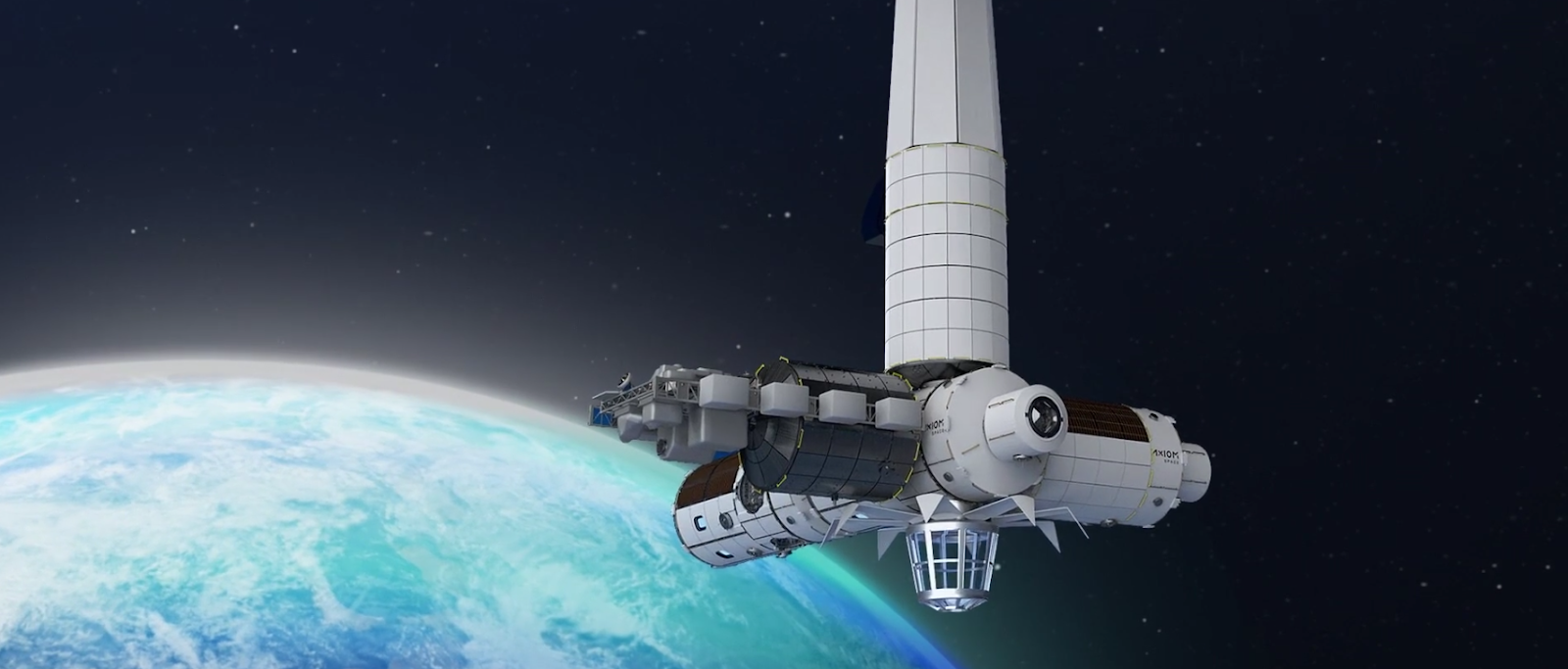NASA’s Human Research Program (HRP) has been at the forefront of human microgravity research since 2005. The program investigates risks to crew health and performance and develops countermeasures to these risks in support of NASA’s exploration goals. The Human Research Roadmap formalizes the research framework according to anticipated risks to health and performance. Academic and institutional HRP investigators meet annually at the Investigator's Workshop Series (IWS) to discuss the state-of-the-research and look to next steps.
2022 saw incredible progress made by NASA’s commercial partners, and at this year’s IWS, HRP showcased the plans of four of these partners for development of commercial LEO destinations (CLDs). Axiom Space, Blue Origin, Northrop Grumman, Nanoracks, and SpaceX have plans dedicated to operations in building, operating, or serving CLDs, and therefore play a central role in US plans for transitioning LEO operations to these commercial operators. Demand segments include tourism, science, engineering, manufacturing, entertainment, and national lab space, each of which contribute to allowing NASA to focus its work on exploration.
 Rendering of plans for Axiom Station, a commercial station operated by Axiom Space. Photo Axiom Space 2023.
Rendering of plans for Axiom Station, a commercial station operated by Axiom Space. Photo Axiom Space 2023.
To enable this transition, HRP must anticipate its needs for human research, and CLDs must be planned to support these needs. This relationship also requires the demonstration of the efficacy of private astronaut operations, and private astronaut missions (PAMs) have already begun to the ISS and orbit.
Axiom, Blue Origin, and Northrop Grumman have illustrated how their plans for commercial space operations align with the needs for ongoing human research, and how those plans support ongoing work by commercial crews. For example, Orbital Reef is being developed as a multi-use destination that would include facilities for research, habitation, and satellite operations. Orbital Reef will be crewed by staff or visiting commercial and governmental crew that will provide the necessary expertise for these functions. Major benefits of CLDs include continuous access to microgravity for researchers to support iterative science in shirt-sleeve environments, as well as access to state-of-the-art facilities.
 Rendering of planned layout for Orbital Reef, a commercial station developed jointly by Blue Origin and Sierra Space. Photo Orbital Reef 2023.
Rendering of planned layout for Orbital Reef, a commercial station developed jointly by Blue Origin and Sierra Space. Photo Orbital Reef 2023.
Therefore, we see that private crew have a critical role to play in the LEO economy, and in enabling milestones in human spaceflight. To support the professional expertise required for these roles, ASP connects qualified professionals with opportunities in public and private sectors. As a professional association, ASP intends to support the development of CLDs and their successors through the administration of professional advancement.
HRP’s goals in human research highlight NASA’s needs to achieve its mission, and showcase the capabilities that CLDs will implement in the next generation of orbital stations. Internal, commercial, and governmental crew will provide the expertise needed for the next steps in the spaceflight industry.
ASP's mission is to connect qualified professionals with opportunities in public and private sectors of human spaceflight. As a professional association, ASP provides education and community opportunities, and continues to build a body of professional credentials to support the advancement of a highly qualified membership.
Learn more about ASP’s work here.
